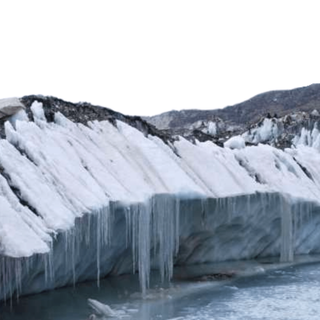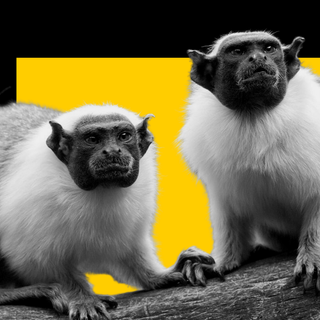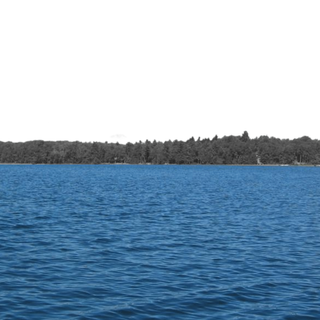Human activities have caused one of the world’s most endangered species of large whales to shrink by an average of three feet over the past 20 years — further threatening its survival, according to a new study.
Published in Current Biology, the study found that the North Atlantic right whale is experiencing long-term inter-generational damage that is manifesting as stunted growth. This is the result of being snared in fishing nets and lines set by humans to capture other species.
“If you are dragging around fishing gear you have less energy for growth, it’s a pretty clear mechanism… If I strapped a sandbag onto you and asked you to walk around a lot, you’d get skinny pretty quickly,” Joshua Stewart, a marine researcher at the National Oceanic and Atmospheric Administration in the U.S., who was involved in the study, told The Guardian, explaining how human activity impacts marine life. He adds that he saw “pictures of 10-year-old whales that are the size of two-year-old whales, which was shocking. These are really short, stunted whales.”
At present, there are about 366 North Atlantic right whales left in the world — down from 500 in 2010. Researchers are worried that the arrested growth of the whales may threaten their survival by impacting their ability to reproduce successfully — often by preventing the females of the species from getting pregnant at all due to their reduced body masses. “Over 83% now of the species has been entangled at least once in their lifetime, some as many as eight times. If it doesn’t kill them, it’s certainly going to affect their ability to reproduce,” Amy Knowlton, a senior scientist at the New England Aquarium in the U.S., who co-authored the study, said in a statement.
Related on The Swaddle:
Fishing Vessels Are Using Banned Nets in the Indian Ocean, a Greenpeace Investigation Finds
But their reproductive challenges don’t end there — even if the whales do succeed in producing offsprings, their calves are smaller and weaker, and have a lesser chance of survival. “When you’re giving birth, if you’re smaller and skinnier, then your calf is also likely to be smaller and skinnier… as a calf, you’re needing to grow really quickly in those early years, so you could have a lower chance of survival if you’re smaller,” Joshua Stewart explained.
This trend is especially alarming in the context of extinction already threatening whales. An open letter by more than 350 scientists from 40 countries notes this extinction can possibly happen “within our lifetimes.”
Nets and fishing equipment, which are believed to be responsible for the stunted growth of whales, were already considered the biggest threat to aquatic mammals since they kill roughly 300,000 whales, dolphins, and porpoises every year by “accidentally” capturing them.
“This isn’t about ‘short’ right whales, it’s about a physical manifestation of a physiological problem, it’s the chest pain before the heart attack,” Regina Asmutis-Silvia, executive director of the Whale and Dolphin Conservation North America, who wasn’t part of the study, told the press. The “heart attack,” here, refers to the potential extinction of the species due to human activities.
“Ignoring it only leads to an inevitable tragedy, while recognizing and treating it can literally save a life, or in this case, an entire species,” she warned.




